A new study has revealed that the Great Salt Lake is emitting millions of tons of greenhouse gases, potentially resulting in the lake beds in the region significantly contributing to global warming.
The scientists who have made this alarming discovery have revealed why the Great Salt Lake may be releasing this emissions — and what officials may be able to do to stop this from continuing.
Great Salt Lake and Greenhouse Gases

According to a new paper published in the journal One Earth, the lake bed of the Great Salt Lake emitted about 4.1 million tons of CO2 and greenhouse gases in just 2020.
This revelation has stunned scientists, as they were not aware that the lake beds of the Great Salt Lake were releasing this much CO2 into the Earth’s atmosphere.
Contributing to Global Warming
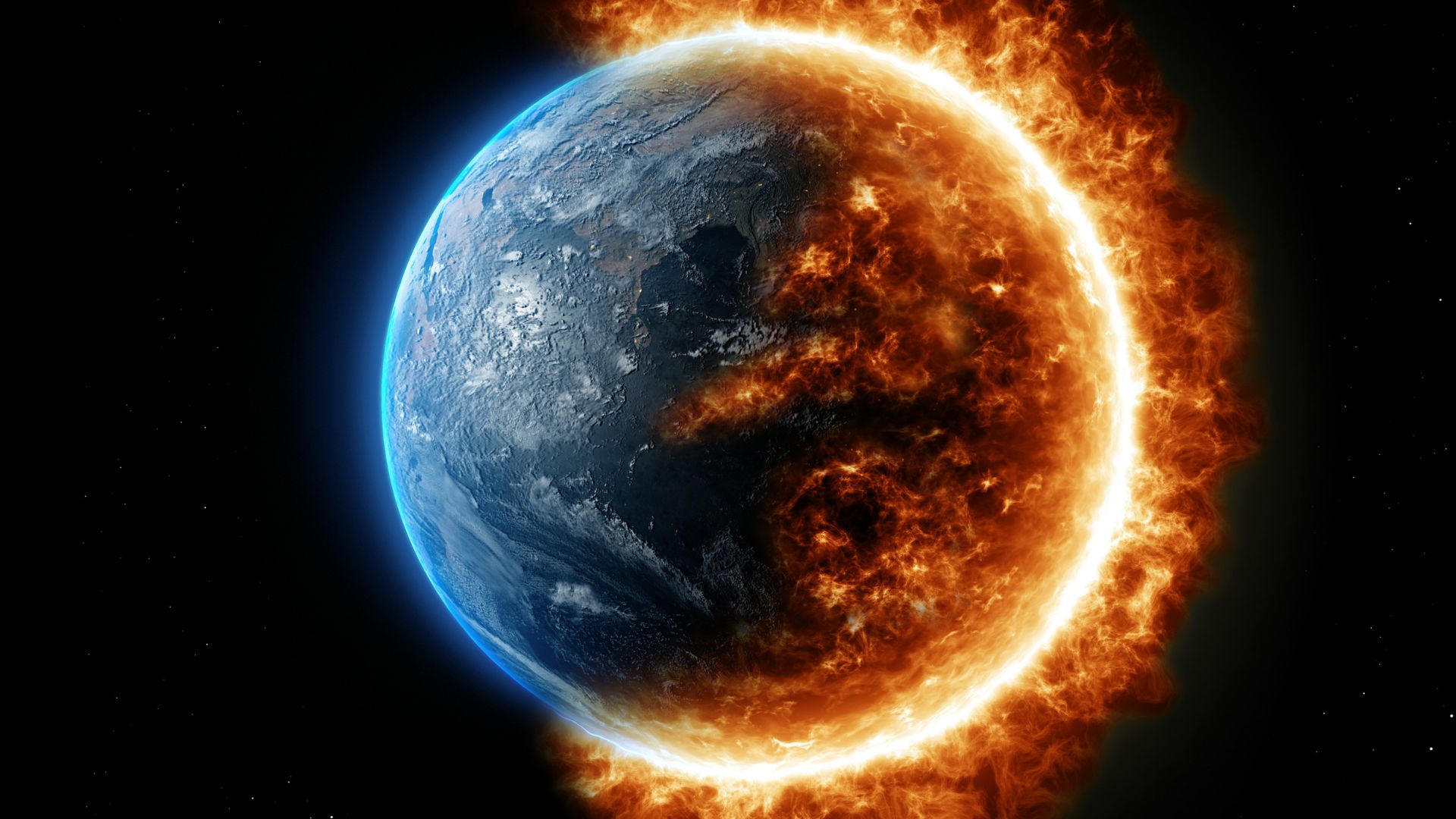
Thanks to this discovery, scientists are now warning that lake beds, such as the Great Salt Lake, may be significantly contributing to global warming.
Other lake beds around the world may also be doing the same, which completely changes how scientists have been looking at greenhouse emissions.
Humans Are the Cause

Soren Brothers, the study’s co-author and a Royal Ontario Museum curator of climate change, released a statement explaining how this has occurred.
Brothers said, “Human-caused desiccation of Great Salt Lake is exposing huge areas of lake bed and releasing massive quantities of greenhouse gases into the atmosphere.”
Dry Lake Beds Are to Blame
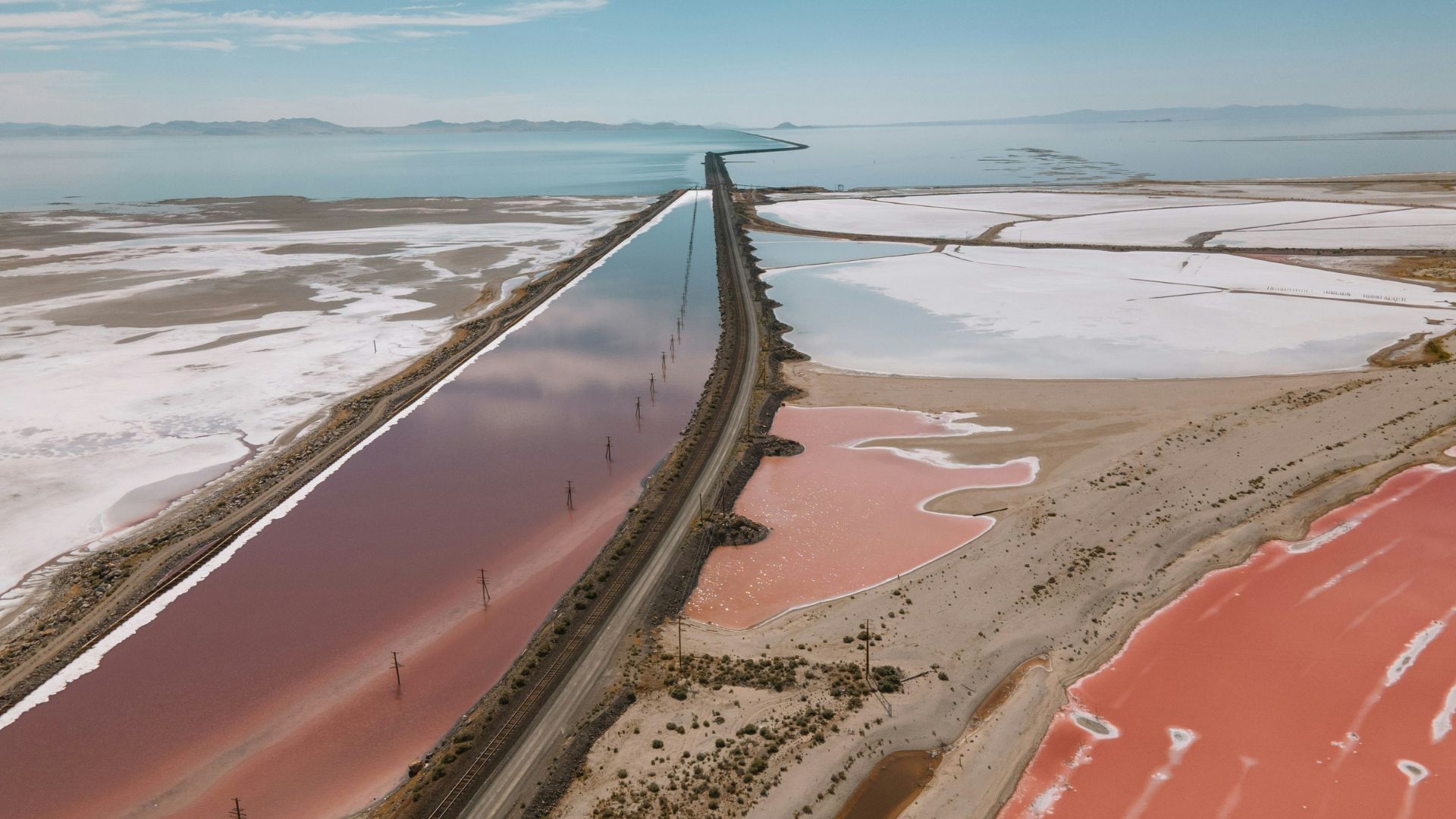
The study further explained how dry lake beds are to blame for these significant CO2 emissions. When the lake bed is dry, it releases millions of tons of greenhouse gases.
However, when the lake bed is wet, or there is a lot of water in the region, the emissions are incredibly low.
How This Process Occurs

Brothers explained, “What our study shows is that CO2 emissions from the Great Salt Lake’s waters are probably very low, whereas emissions from the dried-up lake bed are very high, especially in summer months.”
“Essentially, these exposed sediments are rich in organic matter that had settled on the lake bed, and now that they’re exposed to the atmosphere, it’s much easier for bacteria to turn that matter into carbon dioxide through their respiration,” Brothers added.
Using Great Salt Lake Water

These dry lake beds in the region have occurred for a variety of reasons — many of them human-made. For example, water levels at the Great Salt Lake have declined for several decades now.
This is mainly because the water is used and diverted for many purposes, such as for industrial, agricultural, and residential use.
Droughts at the Great Salt Lake
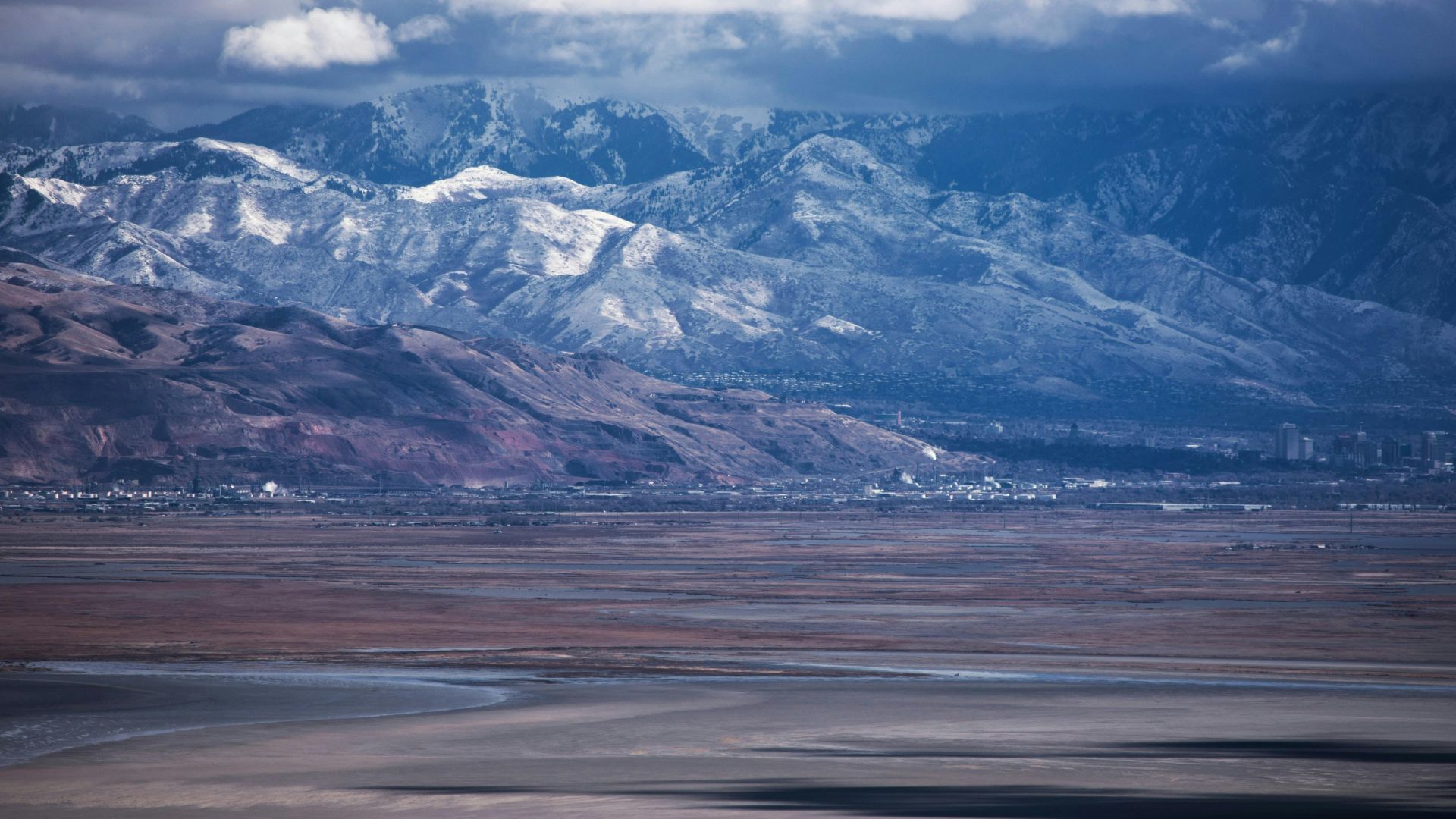
Many drought-like conditions have also begun to thrive at the Great Salt Lake in recent decades, most notably because of climate change.
During these periods of drought and hot weather, the water dries up. This has led to dust and other particles being released into the air, which has further hampered overall air quality in the region.
Releasing CO2

However, the Great Salt Lake’s dry beds haven’t just released dust particles — it has also released a massive amount of CO2 and other greenhouse gases.
These emissions will only further enhance and encourage climate change, which is heating up much of the globe. This heat will then cause prolonged periods of drought in the Great Salt Lake, which in turn allows for more CO2 to be released from its dry beds — and thus the cycle continues.
A Notable Increase
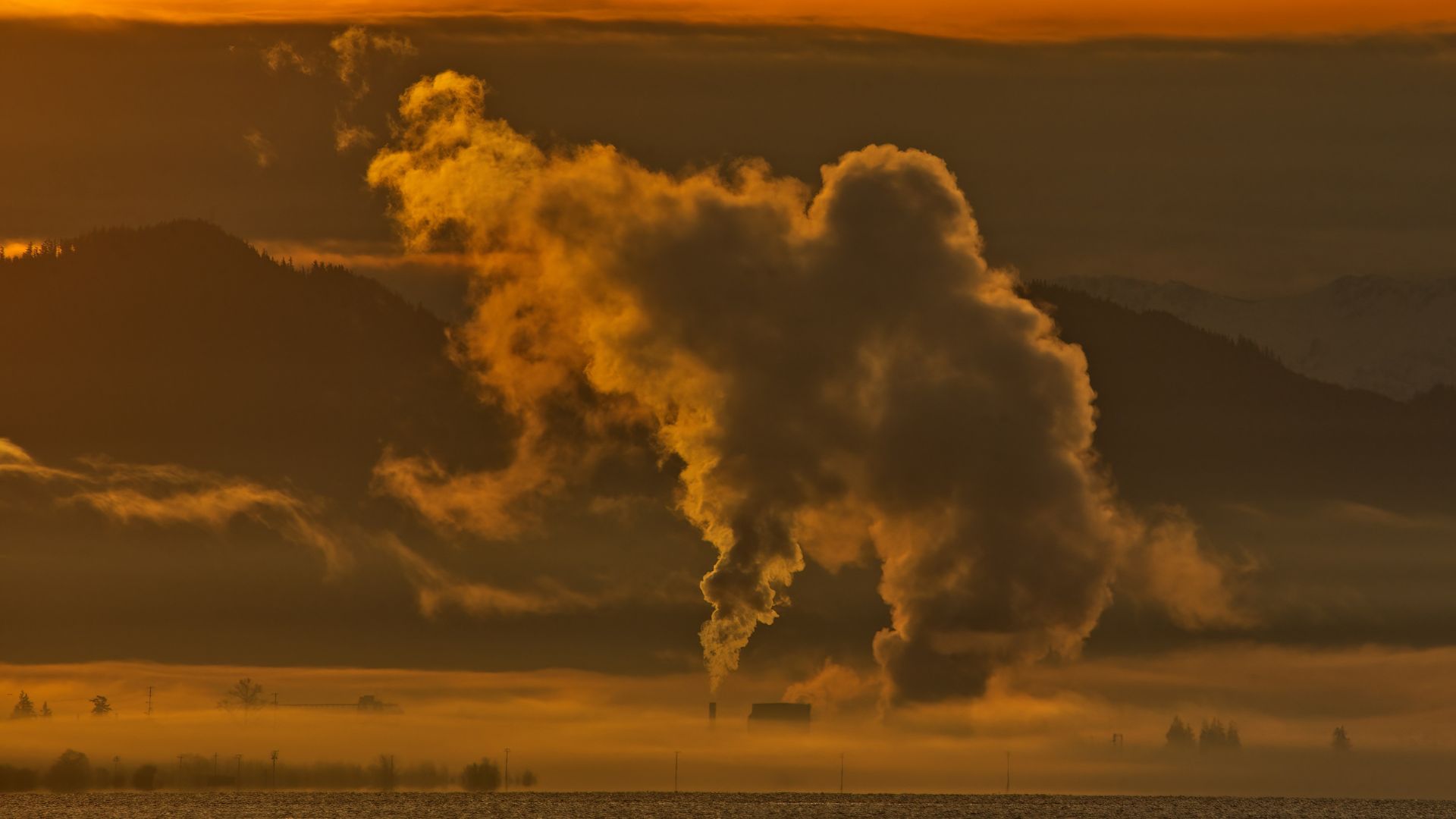
Scientists further studied how many tons of greenhouse gases the dry lake beds emitted when compared to the entire state.
They found that the lake’s drying has led to a 7% increase in the greenhouse gas emissions seen throughout the state.
How to Keep This From Occurring
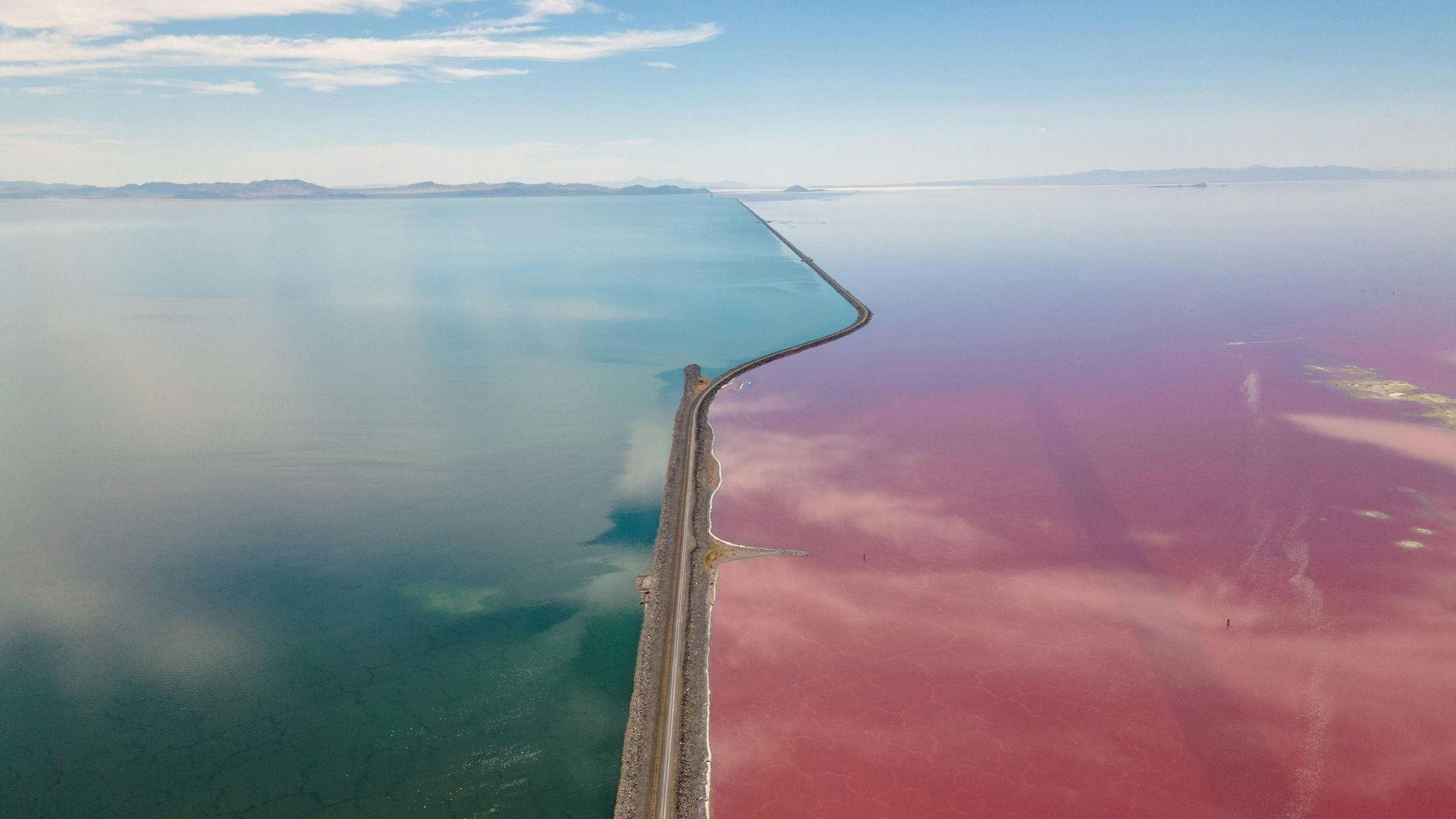
Scientists have explained how officials can work to keep this from happening. They have stated that the dry lake beds must remain wet.
“The best and maybe only way to keep this CO2 from being released is by ensuring that Great Salt Lake remains wet. In the western U.S., there are multiple proposed solutions toward this goal, including water markets, and outdated western water laws are part of the issue,” Brothers explained.
A Difficult Future
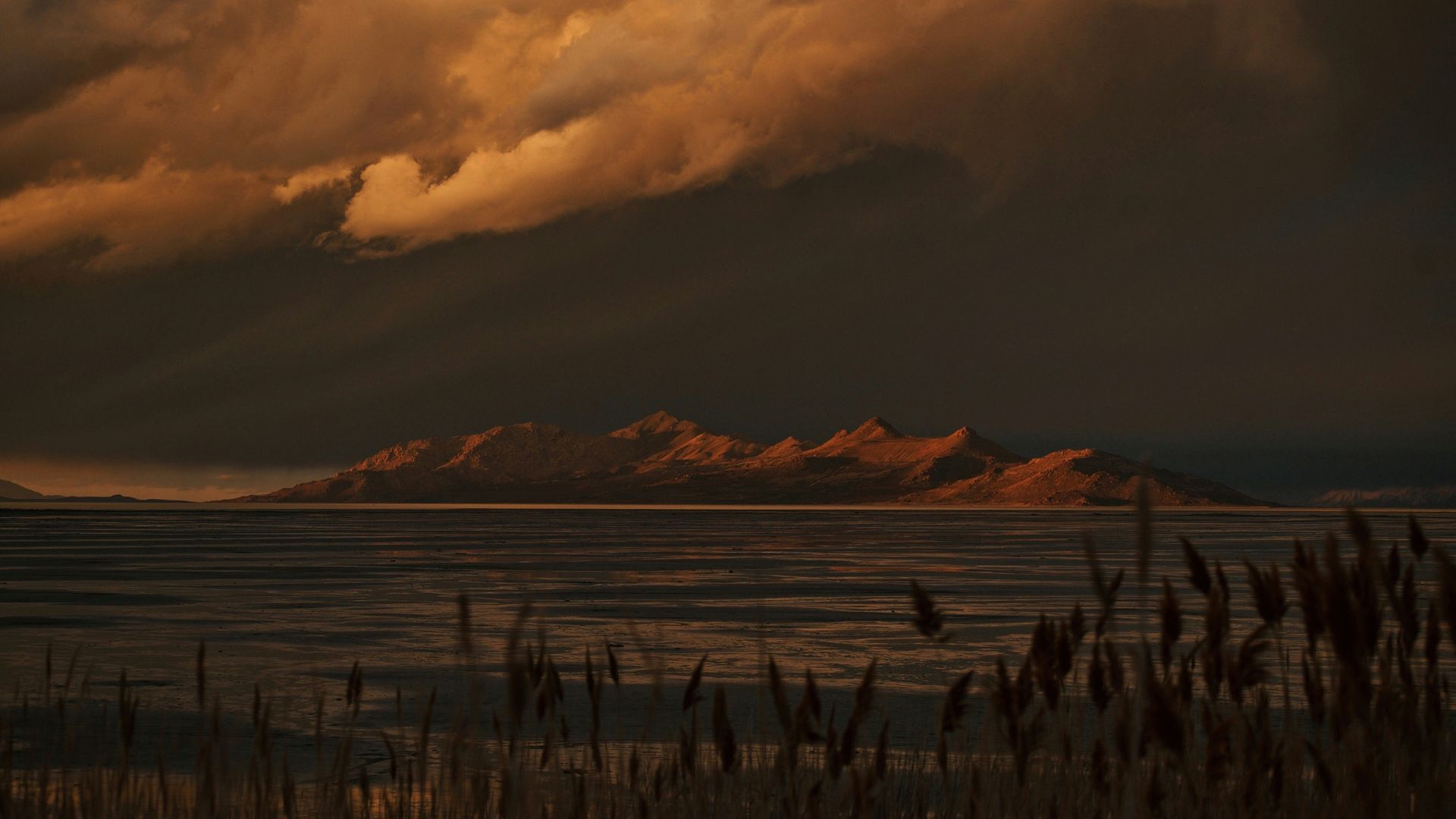
However, scientists have claimed that keeping the Great Salt Lake wet may be incredibly difficult, as they predict that climate change will only worsen with each passing year.
If this occurs, then it will be harder to keep the lake full of water — which could then cause even more greenhouse gases to be emitted from the dry lake beds.
